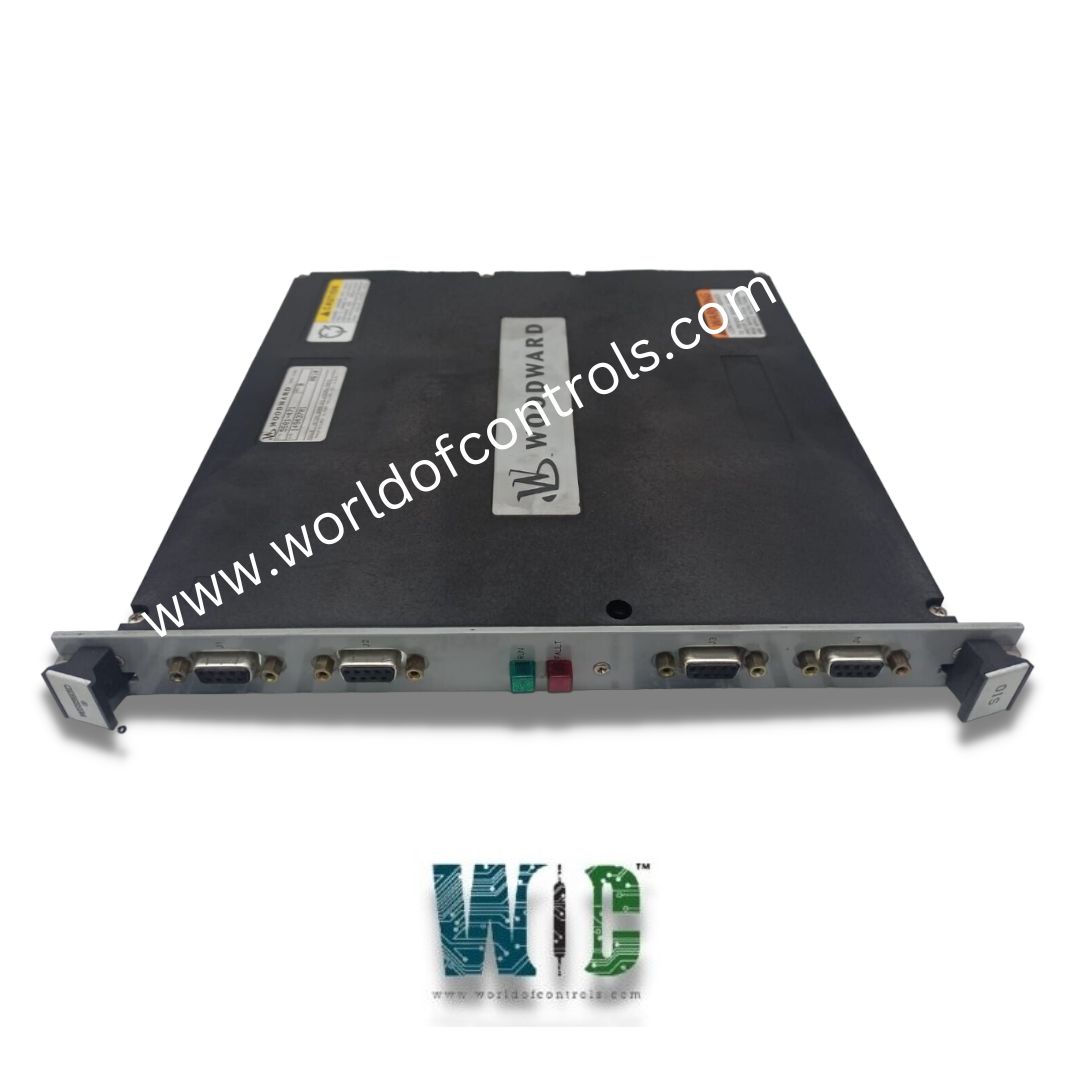
World Of Controls understands the criticality of your requirement and works towards reducing the lead time as much as possible.
5501-471 - NetCon SIO Module is available in stock which ships the same day.
5501-471 - NetCon SIO Module comes in UNUSED as well as REBUILT condition.
To avail our best deals for 5501-471 - NetCon SIO Module, contact us and we will get back to you within 24 hours.
SPECIFICATIONS:
Part Number: 5501-471
Manufacturer: Woodward
Product type: NetCon SIO Module
Ports 1 and 2: RS-232
Ports 3 and 4: RS-232, RS-422, and RS-485
Software Support: Modbus RTU, Modbus ASCII
Size: 14in. x 11in. x 4in
Display: 24-character LEDs
Enclosure Type: NEMA 4X
Button: Emergency Stop
Input Voltage: 24VDC
Availability: In Stock
Country of Manufacture: United States (USA)
FUNCTIONAL DESCRIPTION:
5501-471 is a NetCon SIO Module manufactured and designed by Woodward as part of the 9900 Series used in Turbine Control Systems. It is a hardware component designed to facilitate communication between the control system and various devices and sensors used in the operation and monitoring of a turbine. Turbines, such as those used in power generation or industrial processes, require precise control and monitoring for safe and efficient operation.
FEATURES:
Serial Input/Output (SIO): In the context of a turbine control system, an SIO module typically provides serial communication capabilities. Serial communication involves transmitting data sequentially, one bit at a time, over a communication channel. This is commonly used for connecting sensors, actuators, and other devices to a control system.
Turbine Control System: A turbine control system is responsible for managing and regulating the operation of a turbine. This includes functions such as controlling the speed, temperature, and power output of the turbine, as well as monitoring various parameters to ensure safe and efficient operation.
Sensors and Devices: Turbine control systems often require input from various sensors and devices to gather data about the turbine's performance and the surrounding environment. This can include sensors for measuring temperature, pressure, flow rate, vibration, and more. Actuators may also be used to control valves, dampers, and other components.
Role of the SIO Module: The SIO module acts as an interface between the control system and these sensors and devices. It converts the data from the serial format used by the sensors into a format that the control system can understand and vice versa. This allows the control system to receive real-time data from the sensors and send commands to the actuators.
Communication Protocols: SIO modules often support various communication protocols, such as RS-232, RS-485, or Modbus, depending on the specific requirements of the turbine control system and the devices it needs to interface with.
WOC has the largest stock of Woodward 5500 series Turbine Control System Replacement Parts. We can also repair your faulty boards. WORLD OF CONTROLS can also supply unused and rebuilt backed-up with a warranty. Our team of experts is available round the clock to support your OEM needs. Our team of experts at WOC is happy to assist you with any of your automation requirements. For pricing and availability on any parts and repairs, kindly get in touch with our team by phone or email.
What Types of Serial Interfaces are Supported by SIO Modules?
SIO modules can support various serial interfaces, including RS-232, RS-485, Modbus, UART, and others. The specific interface depends on the module's design and intended use.
How Are SIO Modules Configured and Controlled?
Configuration and control of SIO modules are typically done through software or hardware settings. Users can configure parameters such as baud rate, data format, and communication protocol.
What Types of Serial Interfaces are Supported by SIO Modules?
SIO modules can support various serial interfaces, including RS-232, RS-485, Modbus, UART, and others. The specific interface depends on the module's design and intended use.